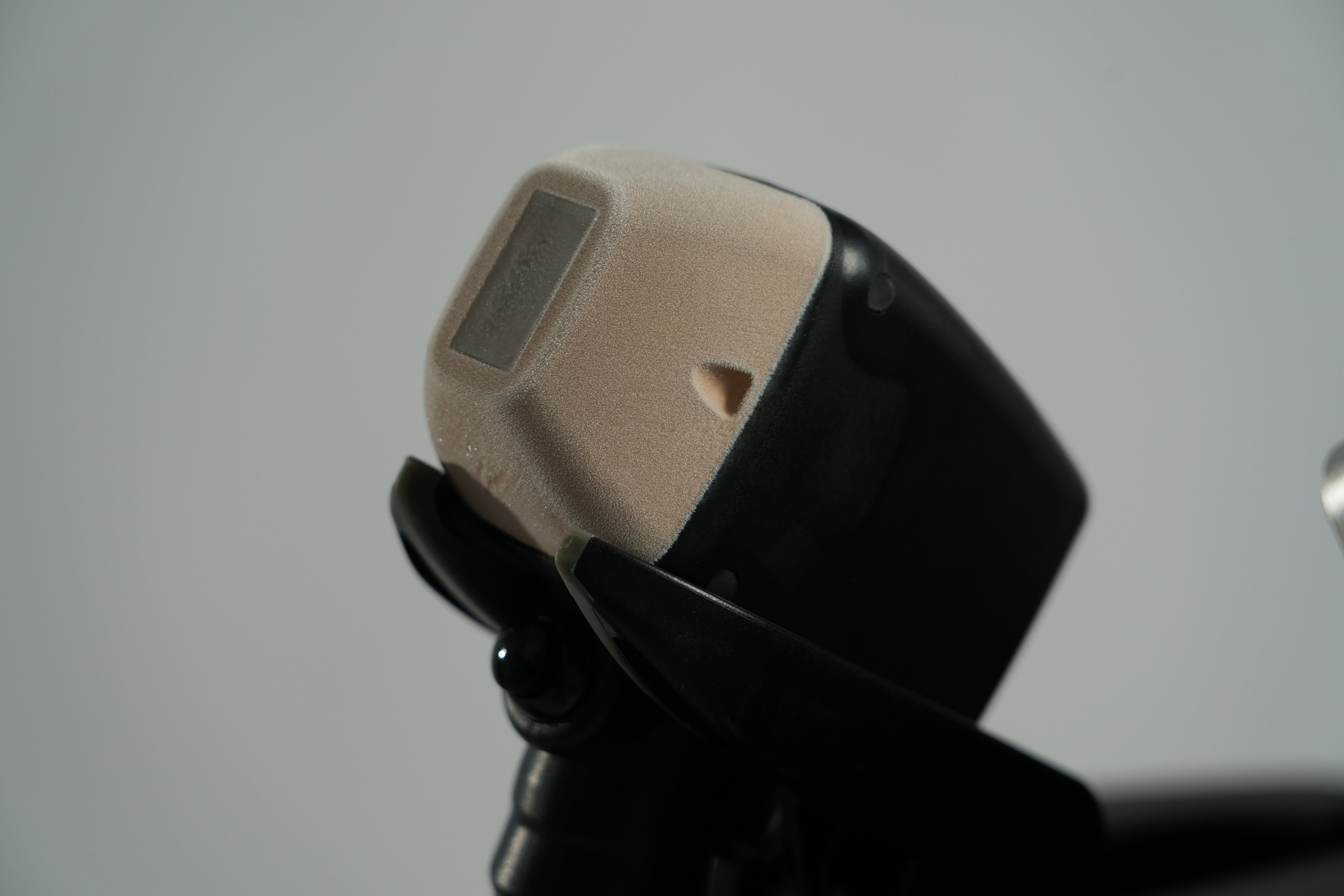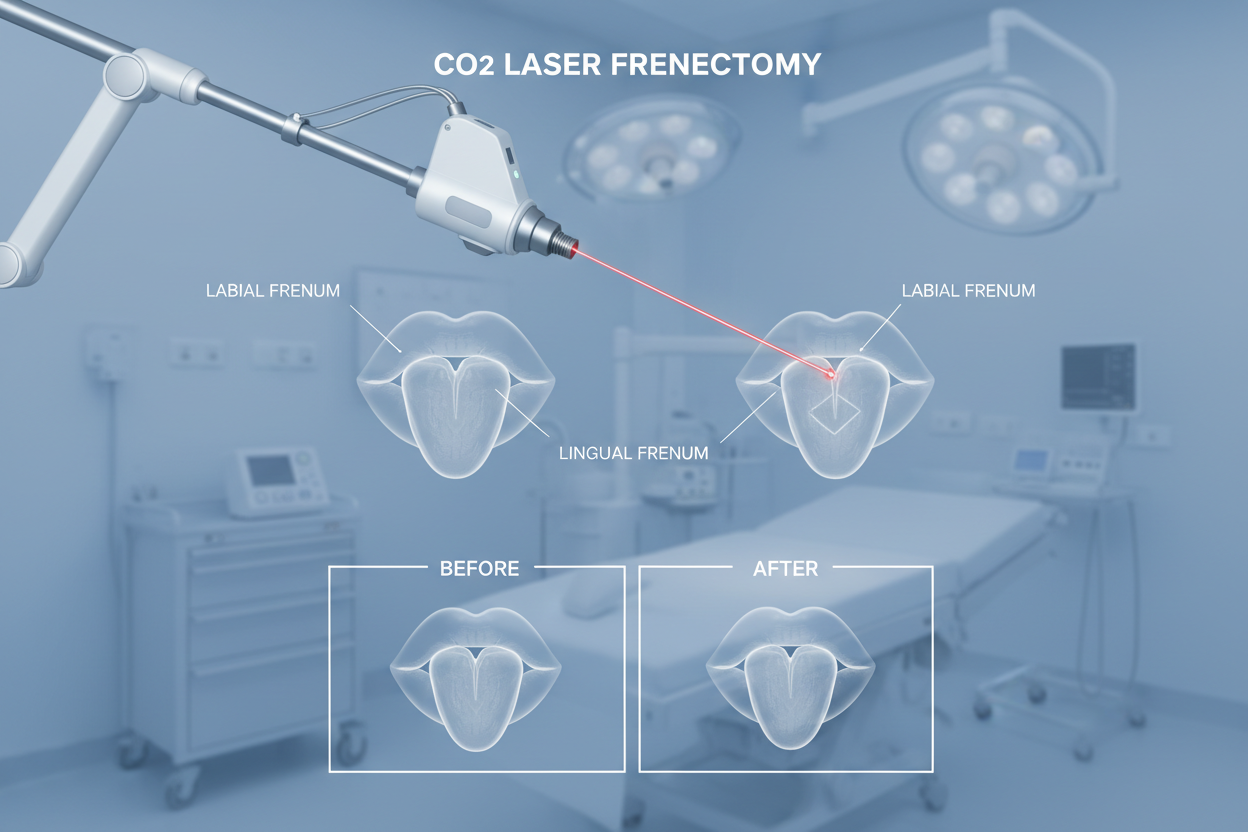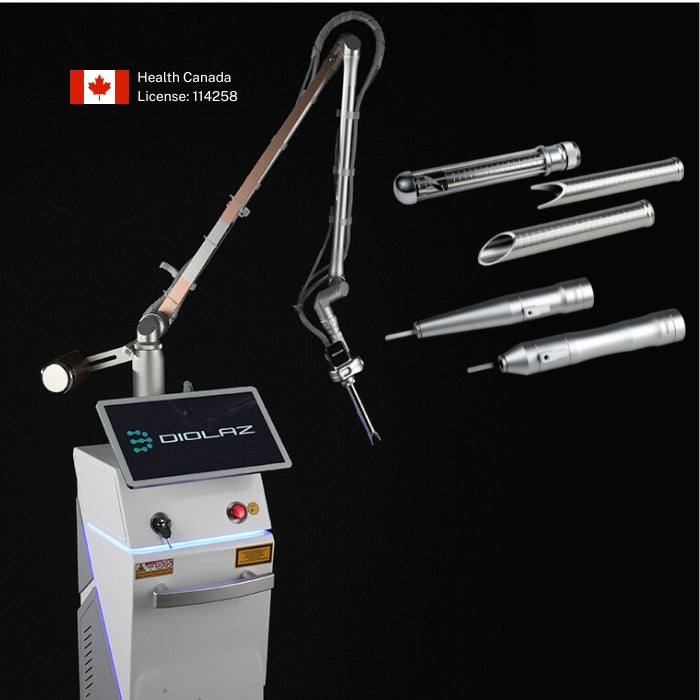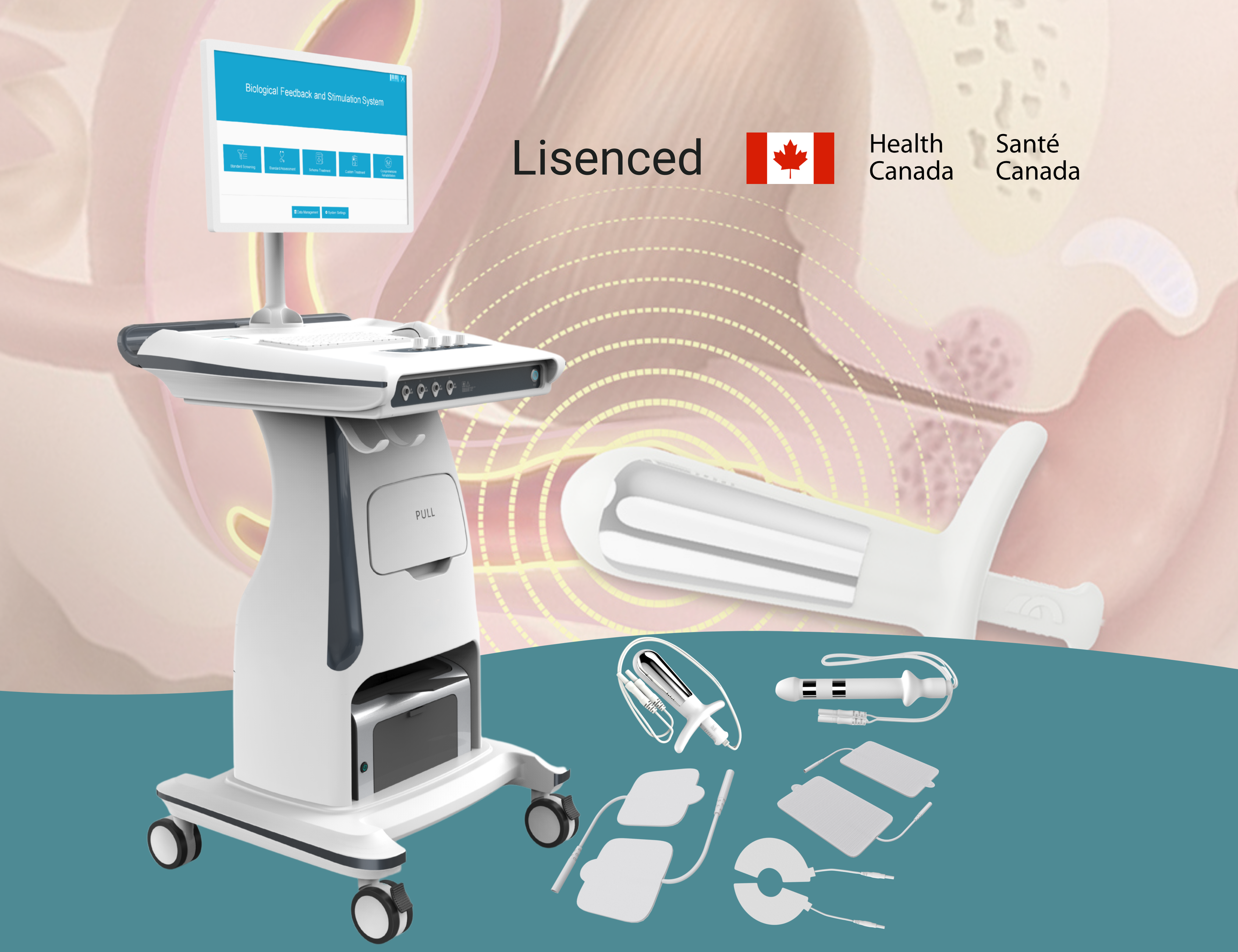Effective cooling is a cornerstone of safe laser hair removal. During treatment, laser energy heats not only the hair follicle but also the surrounding skin, especially the epidermis. Without protection, this can lead to pain, burns, or pigment changes – risks that are higher in patients with darker skin due to greater epidermal melanin competing for laser absorption. Cooling systems counteract these dangers by selectively chilling the skin’s surface, keeping the epidermis at a safe temperature while allowing heat to effectively reach the deeper hair follicles. In other words, cooling the superficial skin layers prevents the skin temperature from rising to damaging levels, even as follicles are heated to destructive temperatures.
Modern laser devices integrate various cooling methods to achieve this protection. Contact cooling involves cooled sapphire or metal tips making direct contact with the skin to conduct away heat. Cryogen spray (dynamic cooling) delivers a quick burst of refrigerant onto the skin before or after each laser pulse. Cold air devices blow chilled air (often at –30°C or lower) continuously onto the area during treatment. Each approach has the same goal: preserve the epidermis and reduce pain without interfering with the laser’s hair-targeting heat. By keeping the skin surface cool, practitioners can safely use higher laser fluences and appropriate pulse durations that effectively damage hair follicles, confident that the epidermis is being safeguarded. This principle is sometimes termed the “spatial selective cooling” effect – the laser’s heat stays confined to the target structures while the skin is actively cooled.
In practice, robust cooling dramatically improves patient comfort and treatment safety. Patients feel less pain or burning sensation when a cold tip or spray is applied, and post-treatment redness and swelling are minimized. Studies and clinical experience have shown that proper cooling allows high-intensity treatments with low complication rates, even on skin types that traditionally posed challenges. In fact, because cooling is so critical for laser safety and efficacy, it has become a standard feature of professional laser hair removal systems. Guidance for clinics emphasizes that an adequate skin cooling device must be present when using high-powered lasers. This integration of cooling technology has enabled laser practitioners to treat a broader range of skin tones (Fitzpatrick I–VI) confidently, achieving effective hair reduction with a much lower risk of burns or pigmentation side effects. Additionally, cooling measures like chilled air or contact tips significantly reduce procedural pain and erythema for clients, improving the overall experience.
References:
- Das A. et al. (2016). J. Cutan. Aesthet. Surg., 9(4):215–219 – Cooling protects epidermis & allows higher fluence
- Das A. et al. (2016). J. Cutan. Aesthet. Surg., 9(4):215–219 – Cooling for dark skin safety
- Das A. et al. (2016). J. Cutan. Aesthet. Surg., 9(4):215–219 – Cooling reduces pain & erythema





Share:
Empowering Pelvic Physiotherapists with EMG Biofeedback and Stimulation
Door Interlocking and Class IV Safety: A Deep Dive into Laser Room Standards